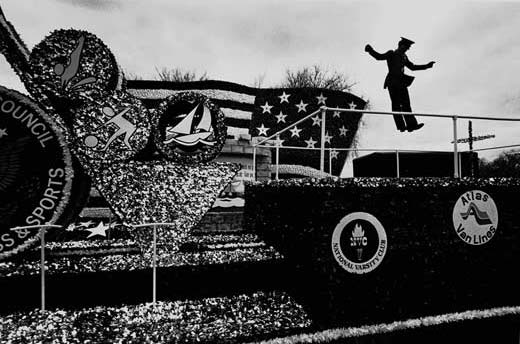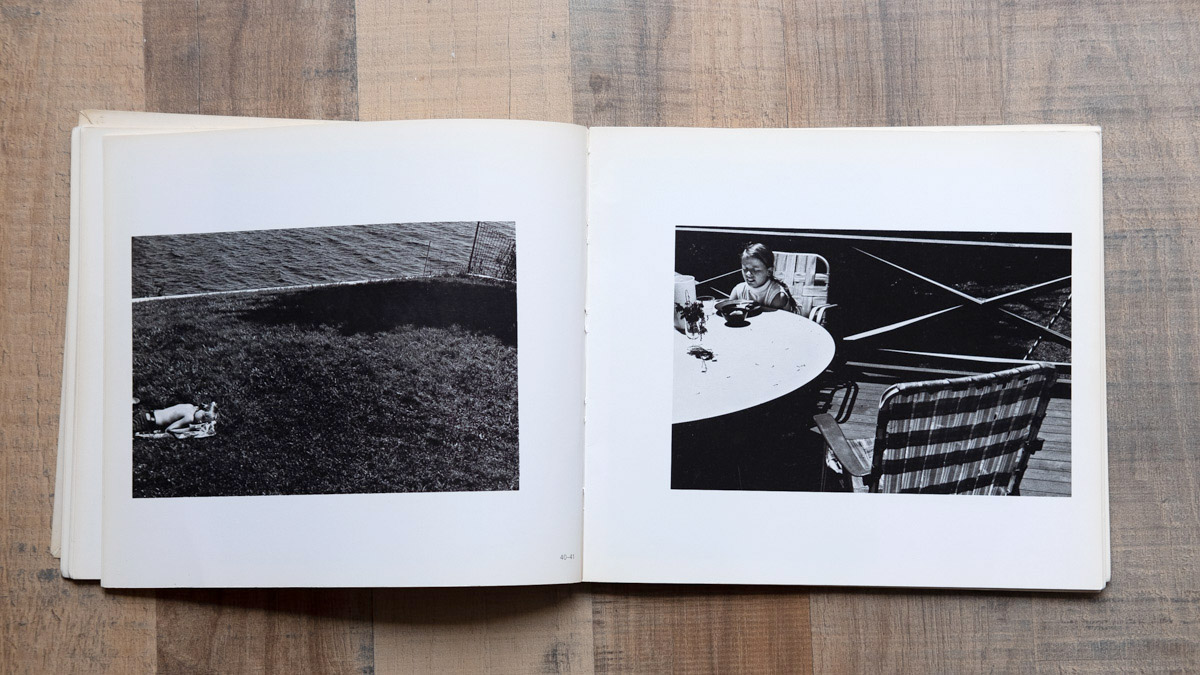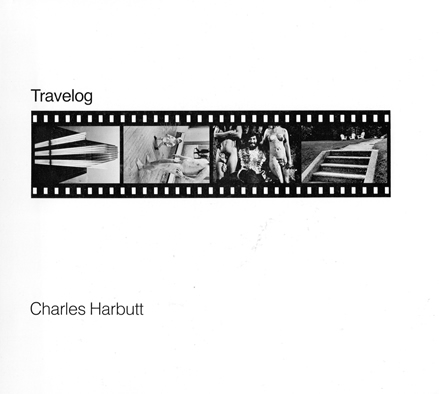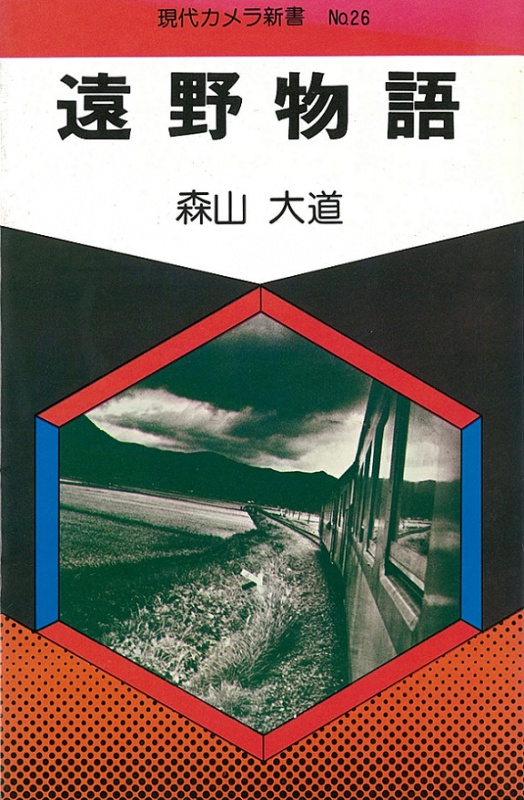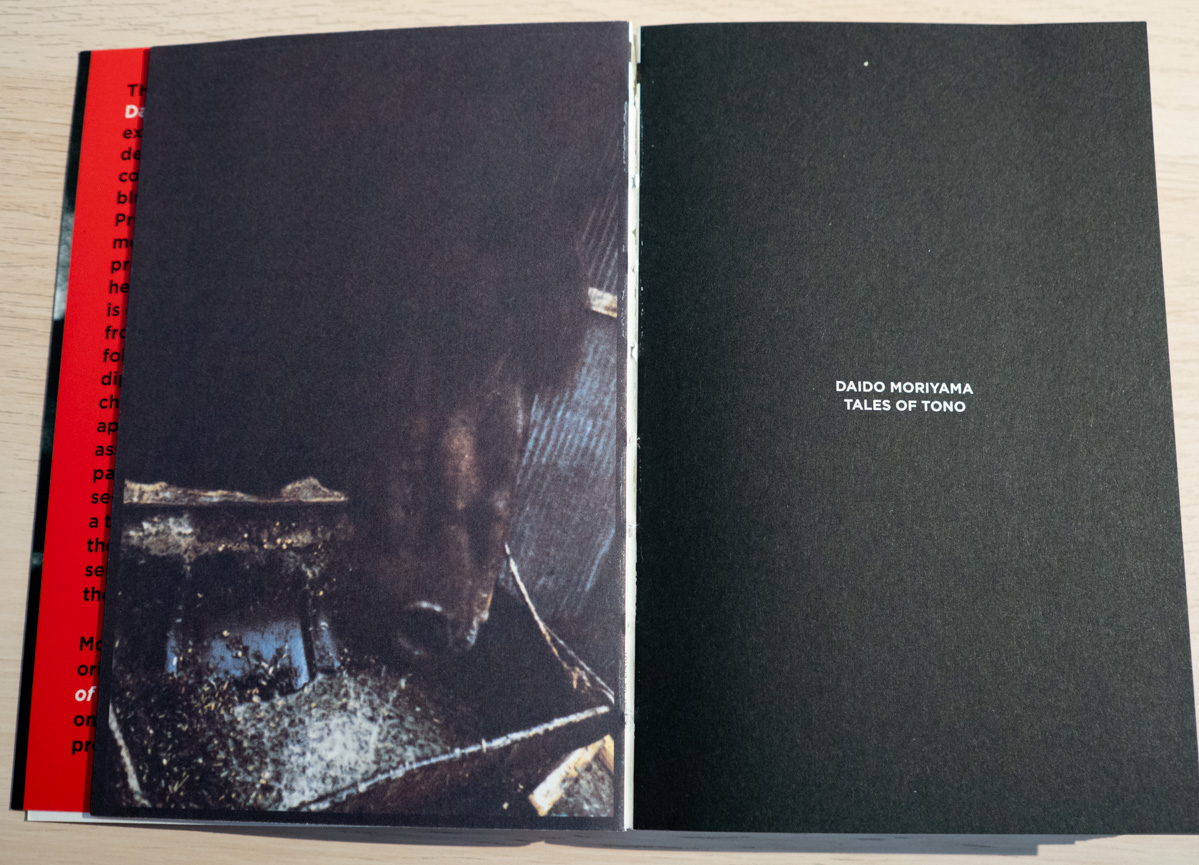Después de conseguir un ejemplar del libro de Joel Meyerowitz, Retrospective y de haber tenido la oportunidad de hojearlo en más de una ocasión hay un tema que me ha llamado la atención: el que tiene que ver con los diferentes formatos que ha utilizado Meyerowitz a lo largo de su carrera.

© Meyerowitz
Por lo que he podido ver hay 2 transiciones importantes en su trabajo, la primera corresponde como a otros muchos fotógrafos de su época al paso del blanco y negro al color. Curiosa la manera de ilustrarlo, ya que durante un tiempo el fotógrafo llevaba 2 cámaras y realizaba la misma toma con cada una de ellas para ver el resultado que le ofrecía cada soporte.

© Meyerowitz

© Meyerowitz
La segunda transición es la que más me ha llamado la atención ya que corresponde al cambio del tipo de cámara, deja de utilizar una cámara pequeña, discreta y ligera, para cambiar a una cámara de gran formato 8×10 y que solo se podía utilizar con trípode.

¿Como se puede justificar este cambio en apariencia ilógico? Pues en el libro explica lo siguiente:
«I wanted even more description than the 35mm camera could bring, so I tried medium-format camera and color negatives, which were quite slow, so I thought, if I have to put a camera on a tripod then maybe I should really go big and use an 8×10″
En definitiva, sacrifica instantaneidad por ser más descriptivo.
Hombre, pues la verdad es que lo consiguió… solo hace falta ver algunas imágenes para darse cuenta que las fotografias en gran formato son más ordenadas, más reflexionadas, menos instintivas e incluso más experimentales…

© Meyerowitz
Pero la pregunta que me ronda la cabeza es: ¿¿quizás también son más aburridas??
La respuesta imagino que depende de lo que cada fotógrafo o lector de imágenes sienta, a lo que es más sensitivo y/o receptivo.
Lo cierto es que no puedo dejar de darle vueltas al asunto, no se si seré el único que no lo ve claro.

© Meyerowitz
Por su orden me recuerdan a las fotografías de Stephen Shore, de su Uncommon Places. Imágenes que siempre me han costado, lo reconozco.

© Stephen Shore
Voy a retomar el blog, al menos esa es mi intención. Pero retomarlo a pequeños sorbos y sin atracones innecesarios, casi como un cuaderno de notas que me sirva como recordatorio de aquello que me llama la atención en esto del mundo de la fotografía. Y si además de servirme a mi sirve a alguien más, pues fantástico.
Ayer estuve ojeando un libro fantástico llamado “New York in Color”, recopilatorio de diferentes autores de fotografías en color de la ciudad de New York, como ya os habéis podido imaginar.
El caso es que me encontré una imagen que me llamó poderosamente la atención por su teatralidad, recordándome a la misma teatralidad que nos podemos encontrar en un cuadro del renacimiento o del barroco.

Rembrandt
¿cual es la fotografía y cual la pintura?
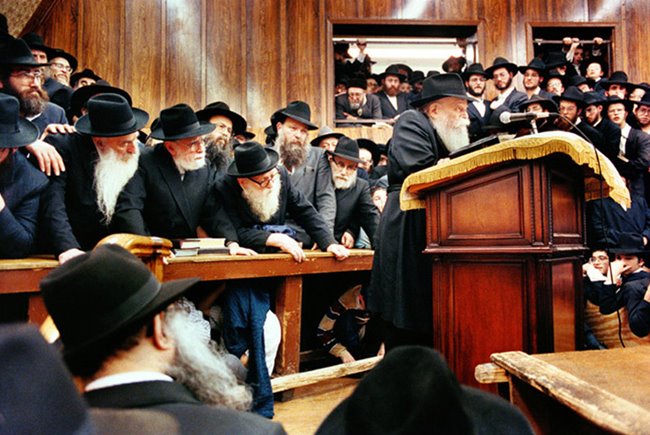
©Marc Asnin
Por cierto el autor al tomar esta fotografía en el año 1992, tenía 90 años. Murió dos años más tarde.
Dan Alexander, coordinador del grupo Streets in Colo(u)r me escribió hará un mes preguntándome si estaba interesado en realizar una entrevista para su grupo. Esta forma parte de una serie de entrevistas que realiza a diversos street photographers que están suscritos a su grupo. Al final del post os colocaré un link con todas las entrevistas realizadas a los diferentes fotógrafos.
Para quién esté interesado en leer mi entrevista y pueda acceder al link original donde está posteada la entrevista os lo coloco aquí.
http://www.flickr.com/groups/streetsincolour/discuss/72157629202023639/
En cambio, para quién no pueda acceder o no tenga ganas os la transcribo aquí mismo.
What do you like the most about street photography?
First of all, I like that when I go out with a camera, I must always be alert. I have to see what speaks to me and respond with my camera. It’s about an attitude amidst the routine.
Another wonderful reason is that when I take pictures, I forget the other aspects of my life. It reminds me of the words of Garry Winogrand when he said that, for him street photography was like a therapy. Regardless of what happens in my life, when I take a camera, I’m in my zone. It’s that place where I can come back again and again and no one can stop or steal this from me; it’s my little refugee. So I really enjoy this aspect of it.
What do you look for in your potential image?
The “documentary” aspect of street photography is not so important for me. I know that there are a lot of street photographers who create wonderful stories on the streets daily. While I respect and admire their work, I try to play another game.
For me the light, composition and the colors are the most important elements. Of course, while I also try that people who appear in my pictures have some interest or for the activity they are doing just in 1/125 s, I’m not particularly interested about their lives. My main goal is to create a visually interesting frame in a 2:3 format.
I remember some words of Constantine Manos in the prologue of the book American Color: “I think that in some photographs, the picture is more important than the subject – the subject of the picture is the photograph”. I really agree with this statement, and it’s a great inspiration to me.

Film or digital?
Digital, for economical reasons and also because I can improve much faster since I can analyze the work quickly.
That being said, when I first discovered street photography about four years ago, film was my choice. I used an old Olympus OM-4, which I believe was the best street camera that I’ve ever had.
When you make pictures in film or slide, you learn the value of a picture. A picture that is unique, magical and irreplaceable. With film, you learn to respect a picture, just because it’s so difficult to take a good one…
What tools do you primarily use?
I used a lot of cameras, I need to change very often and I don’t know why. Perhaps it is because I haven’t yet found a camera like the Olympus OM4 in digital format.
When I travel, I use a Canon 5D with fixed lenses (24mm, 35mm or 50mm). In my city I use a Lumix GH1 with a 28 or a 40mm.
After a big deception with the Fuji X100, I tested the Fuji X10, and I am very happy with this one. In Barcelona, this is my main street camera now because it’s silent, small, discrete and with great image quality.
Wide or long lens?
Wide, of course. 35mm is my favorite lens, but I am now wondering if 28mm is better for me. I really like 28mm because you can insert more elements in the pictures. It is however, more difficult to take a good picture with a 28mm because it’s wider.
I also like 50mm, which I don’t use very often. I like the focal length, but given an option, 35mm is my preference.
Do you get the chance to build a rapport with the subjects?
No, I very rarely talk to the people being photographed.

Have you have ever been harassed by the authorities for photographing in public? If yes, how did you deal with it?
No, not with the authorities. Well, maybe with the guard of a museum, but I try to prevent that kind of situations now and take pictures when the guard is not there.
Have your photography subjects ever objected you from taking their photographs? If yes, how did you respond?
Sometimes people get very suspicious, especially in Barcelona. But not to the point where they stopped me from photographing.
Are you an in-camera cropper or do you prefer to do that in your darkroom or your computer?
I use Lightroom, but rarely crop with the software; I don’t like it.
Black and white or color? And why?
Color. I am more interested in color because I see the world in color. I heard one time that if films were invented in color, they would never have invented the black and white film. I agree. Maybe it’s the emotional part. Colors evoke an emotional response.
I think that sunlight or night-light has more possibilities for color than in black and white. At night, if you take pictures in color it is interesting to play with the shades of different kind of lights.
Do you extensively or minimally work with the post-processing software or in the darkroom?
I try to minimize the time I spend in front of the computer. I like taking pictures, not stay in front of computer post processing.
But it is so necessary that every photographer needs his or her own workflow. In my case, I really like “film-look” or better, the “slide-look” because I feel very closer to “new color”. So I try to transfer this look to my digital pictures.

What is your preferred time to shoot?
Late afternoon and night. But it also depends on the season; now in winter you can take pictures all day. The length of the shadows is important to me; the longest, the better.
Whose or what kind of work inspires you?
There are a lot of photographers I really admire. From the masters, Alex Webb is the best but there are more. Costantine Manos and his American Color 1 and 2 are really impressive.
Spanish photographers are also important for me; people like Jose Manuel Navia, Gonzalo Juanes or Ramon Masats.
I am really lucky to be part of a Spanish collective of street photography named Calle 35, where I have met wonderful photographers who have inspired me. I get to share my work with them and learn a lot every day.
If possible, link us to the first image, image series or a website that inspired you to take photography beyond a passing interest.
I am usually inspired by the images in a book than on a website.
Couple of examples: Alex Webb’s Istanbul and American Color, by Constantine Manos.
Show us some of your favorite images.





Listado de entrevistas: http://www.flickr.com/groups/streetsincolour/discuss/72157626374044975/




